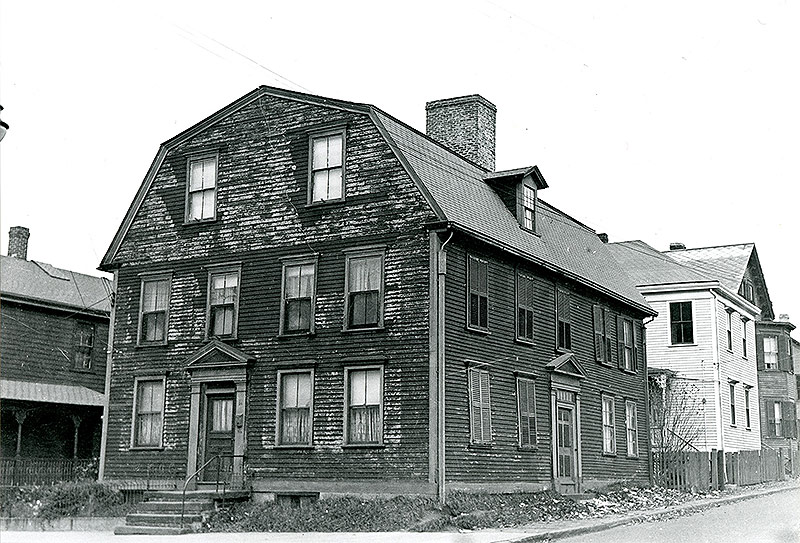In Newport, Rhode Island, there’s a tavern that has seen pirates, politicians, and regulars gather under the same roof across centuries. The building’s timber beams and wide plank floors aren’t recreations. They’re said to be original, and have held strong since long before the United States declared independence. The remarkable part is that you can still walk inside, order dinner, and sip wine where colonial governors once hashed out laws.
Pirates And Politics

Image via Wikipedia
The story starts in 1652, when Colonel Francis Brinley had a two-room home built in Newport. Two decades later, the property changed hands. In 1673, William Mayes Sr. turned it into a tavern, offering food, drink, and a meeting place for a community that didn’t yet have government buildings of its own. By the early 1700s, the space doubled as Rhode Island’s General Assembly, a criminal court, and the city council chambers. For locals, it was more than a pub. It was the center of civic life.
In 1702, the tavern came under the control of William Mayes Jr., who already had a notorious past. After fighting in Europe and sailing alongside the infamous Captain Kidd, Mayes returned to Newport loaded with plunder. He secured a license to sell strong drink and used his earnings to run the business until his death in 1718.
Locals may have turned a blind eye to his piracy, but his sister Mary and her husband Robert Nichols soon took over, beginning nearly 200 years of Nichols family ownership. It was during their tenure, in 1730, that the tavern officially became known as the White Horse.
The Revolution brought its own turbulence. In 1776, Walter Nichols fled rather than share his tavern with Hessian mercenaries stationed there under British orders. After the war, he returned, expanded the building, and added the now-iconic gambrel roof. The tavern survived, even as the city around it changed.
Time wore on the structure and by the mid-20th century, centuries of use and neglect left it at risk of being lost entirely. In 1954, the Van Beuren family stepped in with the Preservation Society of Newport County to restore the tavern, saving it from demolition. Their work preserved the original beams, fireplaces, and floors, many said to be cut from old colonial ships.
Recognition came later in 1972, when the tavern was added to the National Register of Historic Places. In 2014, a Newport-based group became its latest stewards, continuing the line of ownership stretching back over 350 years.
Dinner With Centuries Of Stories

Image via White Horse Tavern
Today, the White Horse Tavern is more than a landmark. It’s a working restaurant, one that blends its historic setting with polished dining. On the menu, you’ll find dishes like beef Wellington, lobster ravioli, duck confit, and New England staples such as clam chowder and fresh oysters.
Prices for entrées start around $34, and the wine list has earned Wine Spectator’s Best of Award of Excellence multiple years in a row. Reviews often highlight the balance of history and quality food, with diners praising the farm-to-table style and seasonal ingredients.
The tavern is open for dinner every day, but getting a table isn’t casual. Reservations are encouraged weeks in advance, and business casual attire is expected. Beyond the food and history, some visitors come hoping to catch a glimpse of the supernatural. The White Horse is rumored to be haunted, though guests report that ghostly encounters are more elusive than the lobster bisque.